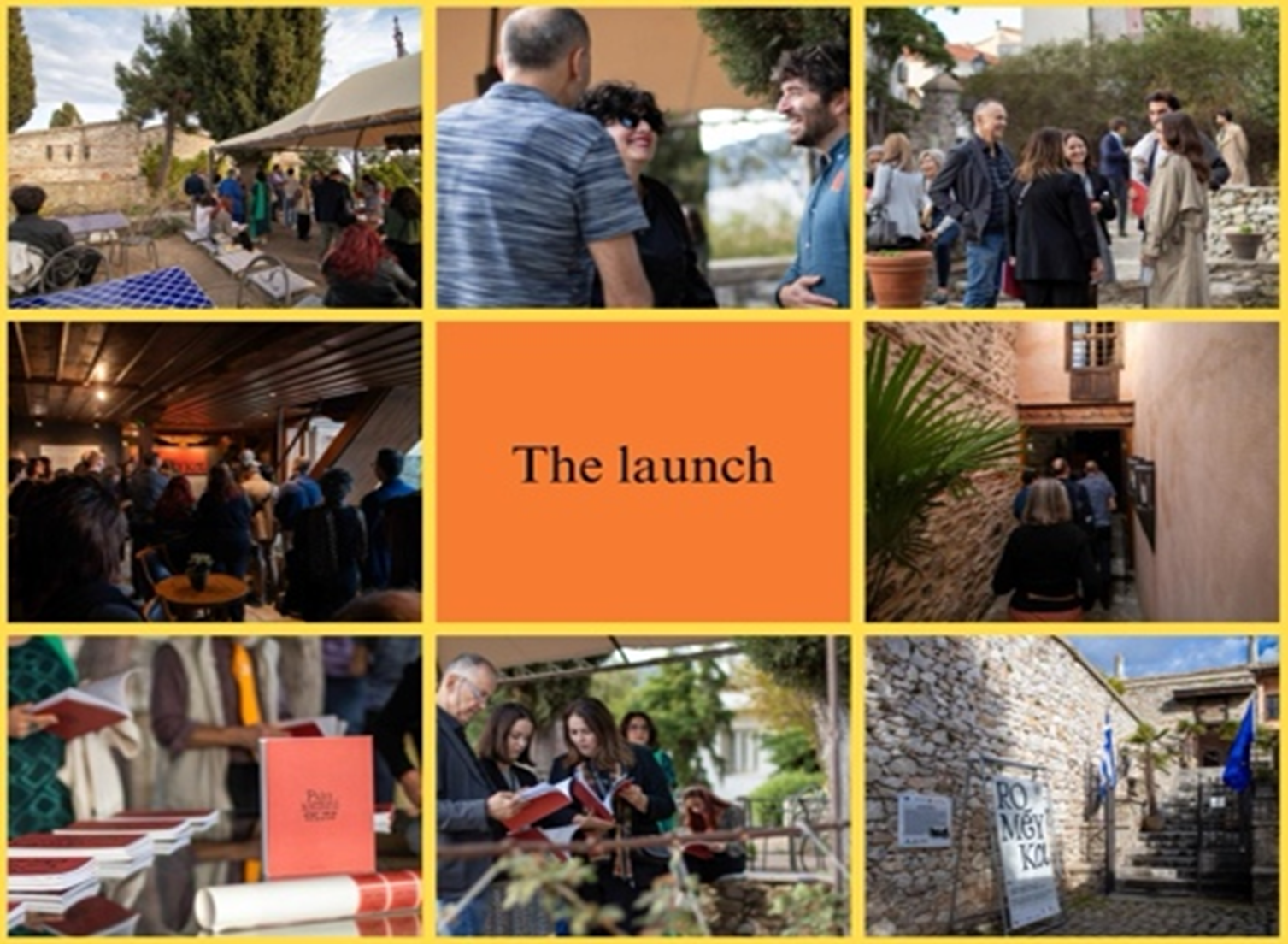Submitted by Gregg Baldwin on Mon, 28/10/2024 - 16:13
Last April, Professor Ioanna Sitaridou curated an exhibition at MOHA in Kavala, Greece which presented her research on the endangered language Romeyka.
Romeyka’s closest cognate is Pontic Greek as spoken in Greece and, although there are grammatical differences, today there is no doubt that together they constitute a significant branch of Asia Minor Greek. The Fall of Trebizond to the Ottomans in 1461 saw the city becoming predominantly Muslim a century later; the capture of Trebizond must have led many Greeks inland, with extensive Islamisation of the area in the 16th/17th CE.
Intriguingly, though, while conversion to Islam across Asia Minor has conventionally been accompanied by a linguistic shift to Turkish, communities in the Valleys have retained Romeyka to this day. Crucially, because of the Islamisation, these communities retained some archaic features, while the varieties of the Greek-speaking communities who remained Christian converged with Modern Greek, especially because of extensive schooling in the 19th and early 20th CE and the subsequent exodus from Pontus and arrival in Greece in 1922 following the dramatic events of the early 20th century.
This exhibition was the result of a long collaborative process that strives to enhance public awareness around the endangered status of Romeyka in contemporary Turkey. Romeyka is a Greek variety currently spoken by several communities across the Trabzon area and it presents us with an invaluable linguistic and sociocultural imprint. The language is endangered and, unless necessary measures are implemented, it is to be extinct soon.
Heritage preservation, however, is an arduous endeavour and requires a comprehensive and collaborative plan well beyond the scope of this exhibition. Yet, she hoped this exhibition could contribute to wider social deliberation and reflection, among the (heritage) speakers on either side of the Aegean, about the past, present, and future of the language.
Read more about her research here.
In total more than 1000 people visited the exhibition, 38% were Turkish and 19% were European. 100 schoolkids were guided through the exhibition which, along the feature in Le Petit Quotidien, further contributed to its impact on education and improving accessibility as this opened it up to a younger demographic. There was extensive media coverage of the exhibition from 163 sources. It featured in multiple major news outlets including the Guardian, the BBC and Kathimerini’s front page. Enjoy the tune specially created for the exhibition by a young musician from the Black Sea and a famous Athens-based sound engineer; upload and listen to crowd-sourced Pontic Greek data; and buy the exhibition catalogue from one of the best new independent publishing houses namely Oktana!



